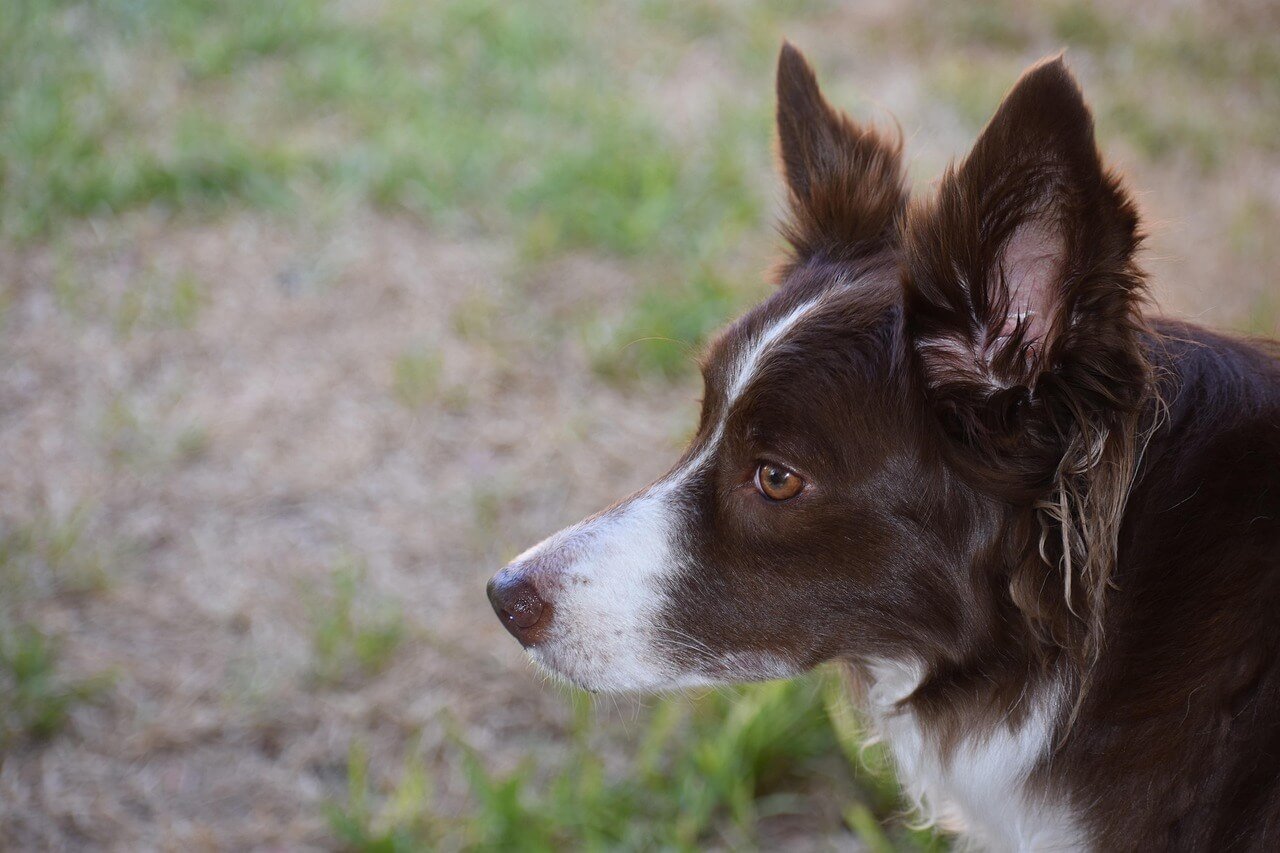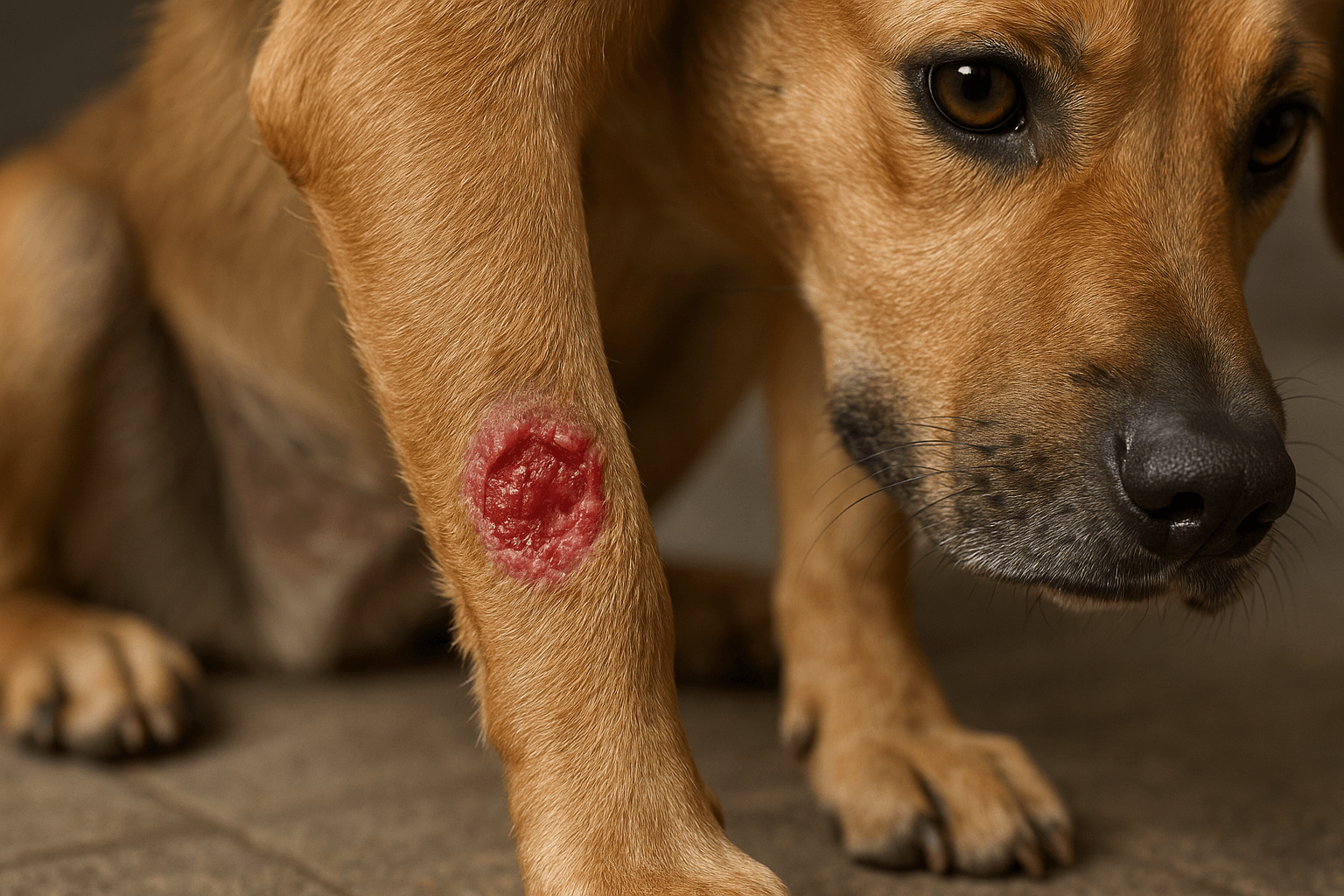How to Teach Your Dog to Bow: A Fun and Rewarding Trick
Teaching your dog new tricks is not only a great way to bond but also an excellent mental workout for your furry friend. One impressive and adorable trick that many dog owners love to teach is the bow. This graceful move involves your dog lowering its front legs while keeping its rear end up, resembling a polite bow. Whether you’re looking to impress friends, participate in dog shows, or simply have fun, teaching your dog to bow can be a rewarding experience. In this guide, we’ll walk you through step-by-step instructions, tips, and troubleshooting advice to help your dog master this charming trick.
Step-by-Step Guide to Teaching Your Dog to Bow
Teaching your dog to bow requires patience, consistency, and positive reinforcement. Here’s a breakdown of the steps to get started:
Begin with your dog in a standing position, ensuring they are calm and focused.
Hold a treat close to your dog’s nose and slowly move it downward toward the ground.
As your dog follows the treat with their nose, their front legs should naturally lower into a bowing position.
The moment your dog achieves the bow, immediately reward them with the treat and verbal praise like “Good bow!”
Gradually increase the duration of the bow before giving the reward to encourage them to hold the position longer.
By breaking the process into small, manageable steps, you can help your dog learn the trick without frustration. Remember, consistency is key, and practice makes perfect!
Tips for Success When Teaching Your Dog to Bow
To ensure your training sessions are effective and enjoyable for both you and your dog, keep these tips in mind:
Use high-value treats that your dog loves to motivate them during training.
Keep training sessions short (5–10 minutes) to prevent your dog from losing focus or becoming tired.
Practice in a quiet, distraction-free environment initially, then gradually introduce more challenging settings.
Be patient and celebrate small victories; every step forward is progress.
Avoid pushing your dog into the bow position manually, as this can confuse or frustrate them.
With these strategies, you’ll create a positive learning experience that encourages your dog to master the bow quickly and confidently.
Check this guide 👉How to Teach a Dog to Fetch: Best 7 Expert Tips!
Check this guide 👉How to Teach Your Dog to Play Dead: Best 7 Expert Tips!
Check this guide 👉How to Teach Your Dog to Swim: Best 7 Expert Tips!

Benefits of Teaching Your Dog to Bow | Common Challenges and Solutions |
|---|---|
Strengthens the bond between you and your dog | Dog may lose interest; use higher-value rewards |
Provides mental stimulation and physical exercise | Dog may not understand at first; break steps into smaller parts |
Builds confidence and discipline in your dog | Dog may sit instead of bowing; adjust treat placement |
Impresses friends and family with a cute trick | Dog gets distracted; train in a quiet space initially |
Can be used as a foundation for other advanced tricks | Dog tires quickly; keep sessions short and fun |
Troubleshooting Common Issues During Training
Even with the best intentions, you might encounter some hurdles while teaching your dog to bow. Here’s how to address common problems:
If your dog sits instead of bowing, try holding the treat closer to the ground to encourage a lower stance.
If your dog loses interest, switch to a different type of treat or incorporate playtime as a reward.
If your dog struggles to hold the bow position, reduce the duration required before rewarding them.
If your dog seems confused, revisit earlier steps and ensure they fully understand each part before progressing.
If your dog becomes frustrated, take a break and resume training later with a fresh perspective.
By addressing these issues proactively, you can keep training sessions productive and enjoyable for both you and your dog.
Advanced Variations of the Bow Trick
Once your dog has mastered the basic bow, you can introduce variations to make the trick even more impressive. Here are some ideas:
Add a verbal cue like “Bow!” once your dog consistently performs the trick on command.
Combine the bow with other tricks, such as spinning or waving, for a more elaborate routine.
Teach your dog to bow on one side only for a unique twist.
Incorporate the bow into agility training or obedience exercises for added complexity.
Use the bow as a greeting behavior when guests arrive, showcasing your dog’s manners.
These variations not only enhance your dog’s repertoire but also provide additional mental stimulation and fun.
Incorporating Play into Bow Training
Adding elements of play to your dog’s training can make learning the bow even more enjoyable and engaging. By blending fun activities with structured practice, you can keep your dog motivated and excited to learn.
Use a favorite toy as a lure instead of treats to encourage your dog to bow.
Incorporate short bursts of playtime immediately after a successful bow to reinforce the behavior.
Try playful verbal cues like “Ta-da!” or “Take a bow!” to make the trick feel like a game.
Reward your dog with a quick tug-of-war session after they perform the bow correctly.
End each training session with a fun activity, such as fetch or chase, to leave your dog feeling happy and fulfilled.
By integrating play into your training routine, you’ll create a positive association with the bow trick, making it easier and more enjoyable for your dog to master.
Addressing Physical Limitations in Bow Training
Some dogs may face physical challenges that make learning the bow more difficult. Whether due to age, breed, or health conditions, these limitations require special attention to ensure safe and effective training.
For older dogs with joint issues, avoid forcing deep bows that could strain their muscles or joints.
Shorten the depth of the bow for breeds with shorter legs, such as Dachshunds or Corgis, to accommodate their body structure.
Consult your veterinarian before starting training if your dog has a history of back or hip problems.
Focus on gentle encouragement rather than repetition to prevent overexertion in physically limited dogs.
Celebrate partial progress, such as a slight dip in posture, to build confidence without causing discomfort.
By tailoring the training process to your dog’s unique needs, you can ensure they learn the bow safely and comfortably, regardless of physical limitations.
Using Clicker Training to Teach the Bow
Clicker training is a highly effective method for teaching tricks like the bow. This technique uses a distinct sound (the click) to mark desired behaviors, making it easier for your dog to understand what you’re asking.
Start by introducing your dog to the clicker by clicking and immediately rewarding them with a treat to create a positive association.
Use the clicker to mark the exact moment your dog achieves the bow position, ensuring precise communication.
Gradually phase out the treat lure and rely on the clicker to signal correct behavior.
Combine the clicker with verbal cues like “Bow” to reinforce the command over time.
Practice clicker training in short sessions to maintain your dog’s focus and enthusiasm.
Clicker training not only speeds up the learning process but also strengthens the bond between you and your dog through clear and consistent communication.
Frequently Asked Questions About Teaching Your Dog to Bow
How long does it take to teach a dog to bow?
The time varies depending on the dog, but most dogs can learn the trick within a few weeks of consistent training.
Can all dogs learn to bow, regardless of size or breed?
Yes, dogs of all sizes and breeds can learn to bow, though some may require adjustments based on their physical abilities.
What if my dog doesn’t respond to treats?
Try using toys, praise, or affection as rewards instead of food.
Should I stop training if my dog seems tired?
Yes, always prioritize your dog’s well-being and resume training when they’re rested and ready.
Can puppies learn to bow?
Absolutely! Puppies are quick learners, but keep training sessions short to match their attention span.
Mastering the Art of the Bow
Teaching your dog to bow is a delightful way to strengthen your bond, boost their confidence, and showcase their intelligence. With patience, consistency, and positive reinforcement, your furry companion can master this charming trick in no time. Whether you’re training for fun, competition, or simply to entertain friends, the bow is a versatile and rewarding skill that both you and your dog will enjoy. So grab some treats, set aside some time, and watch your dog flourish as they learn this elegant move!
Dog Sore on Leg: Best 7 Expert Tips! – Discover safe, vet-approved ways to treat and heal your dog’s leg sore at home.
Cuterebra Larvae in Cats: Best 7 Expert Tips! – Expert advice on signs, treatment & prevention of this rare but serious feline parasitic infestation.
Cuterebra Larvae in Dogs: Best 7 Expert Tips! – Expert advice on signs, treatment & prevention of this rare but serious parasitic infestation.
Cat Tumor on Paw: Best 7 Expert Tips! – Expert advice on signs, diagnosis, treatment & care for feline paw tumors.





